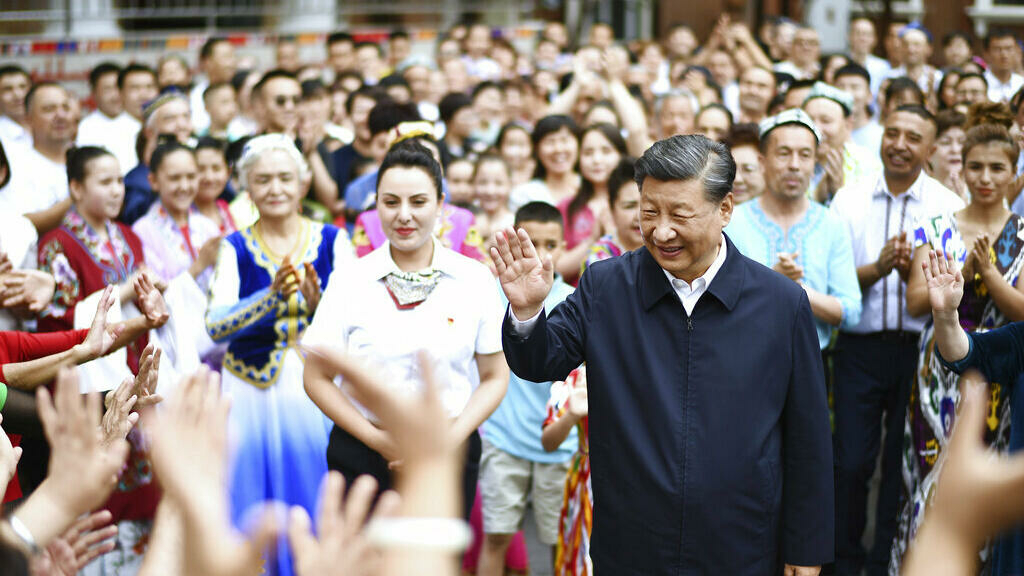First modification:
For the first time in 8 years, Chinese leader Xi Jinping visited western China’s Xinjiang Uighur Autonomous Region this week. The official agency released images with high propaganda value.
With RFI’s correspondent in Beijing, Stephane Lagarde.
In communist parlance, presidential visits like the one President Xi Jinping made this week to the Uyghur region of Xinjiang are called “inspection trips.”
In the images provided by the official Chinese agency, the head of state appears in a cultural place, surrounded by applause and music, as a way of encouraging the Chinese to visit this territory, whose soil he had not set foot on since the repression of the revolt Uigur.
He can also be seen without a hat in the fields with farmers, at Xinjiang University, or at the assembly center for freight trains bound for Europe, via the Central Asian silk routes.
On each occasion, he is greeted with wide attentive smiles by a small, select audience.
A change of advertising
On Chinese state television, Chinese leaders used to often appear silent. It is the commentators who took up the words of the “emperor” and his advisers.
With Xi Jinping, the communication of the Chinese presidents changed. As well as starring in big occasions such as Party anniversaries and international summits, he is also seen on tour, a role previously played by the prime minister.
Few speeches
The goal is to appear as a president “close to the people,” who speaks slowly. Each word weighs it as if it were a speech. “The Chinese Communist Party and the central government attach great importance to the protection and transmission of Xinjiang’s cultural heritage,” the head of state told the Kyrgyz minority musicians.
Xi is omnipresent in the state media, but his direct speech remains rare. As usual, his trips only appear in the newspapers after she has returned to Beijing.







![[Img #74683]](https://thelatestnews.world/wp-content/uploads/2024/12/The-main-mistakes-to-avoid-when-betting-on-electronic-sports-150x150.jpg)






Add Comment